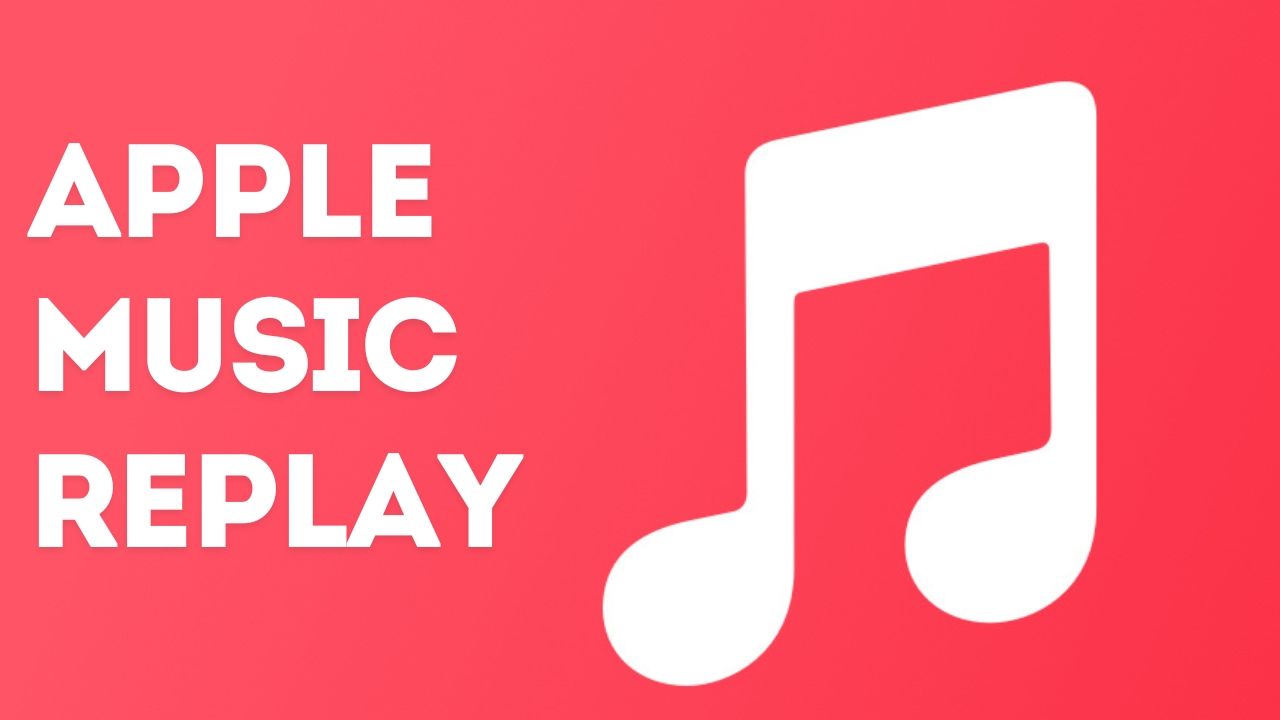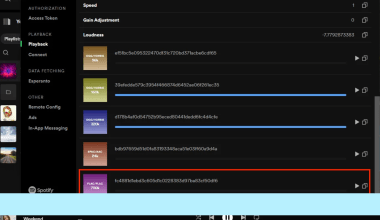If you’re a music lover, you know how special it is to revisit the songs that defined your year. Whether it’s the tracks that accompanied your morning jogs, those that fueled late-night study sessions, or the ones that set the mood for weekend get-togethers, music has a unique way of bookmarking moments in our lives. That’s where Apple Music Replay comes into play. It’s a fantastic feature that lets you rediscover your most-listened-to songs, albums, and artists throughout the year. In this blog, we’ll dive deep into everything you need to know about Apple Music Replay—from how it works to how you can make the most out of this cool feature.
What is Apple Music Replay?
It is a feature within Apple Music that allows users to view their most played songs, albums, and artists over a specific year. It’s essentially Apple’s answer to Spotify’s Wrapped, offering a personalized summary of your music habits. Apple Music Replay not only lets you look back at your top tunes but also provides you with a playlist that updates weekly, showcasing your favorite tracks as the year progresses. This feature is a goldmine for anyone who loves to keep track of their listening history and enjoys revisiting their favorite music.
How Does Apple Music Replay Work?
It works by analyzing your listening habits throughout the year. It takes into account the songs you’ve played, how many times you’ve played them, and the duration for which you’ve listened to them. Based on this data, it curates a playlist that includes your top 100 songs of the year. It also gives you insights into the number of hours you’ve spent listening to music, your top artists, and your most-played albums.
To access it, you simply need to visit the Apple Music app or the Apple Music website. The feature is available for all Apple Music subscribers, and you can find it by navigating to the “Listen Now” tab, where you’ll see the Replay section. Here, you can view your current year’s replay playlist and even revisit past years’ playlists.
Features of Apple Music Replay
It offers several features that make it a must-use tool for music enthusiasts. Let’s explore some of the key features:
- Personalized Replay Playlist: Your Apple Music Replay playlist is personalized just for you, containing the top 100 songs you’ve listened to throughout the year. The playlist is updated every week, so you can see how your music taste evolves over time.
- Top Songs, Albums, and Artists: It not only shows your top songs but also lists your most played albums and artists. This is a great way to discover which artists and albums have been on repeat in your life.
- Year-by-Year Comparison: You can compare your listening habits across different years. It archives your replay playlists from past years, allowing you to see how your music preferences have changed over time.
- Listening Insights: It provides you with detailed insights into your music consumption. This includes the number of hours you’ve listened to music and your top genres.
- Shareable Playlists: You can easily share your playlist with friends and family. It’s a fun way to compare music tastes and discover new songs based on what others are listening to.
How to Access It
Accessing it is straightforward. Here’s how you can do it:
- On Your iPhone or iPad:
- Open the Apple Music app.
- Go to the “Listen Now” tab.
- Scroll down to find the “Replay: Your Top Songs by Year” section.
- Tap on it, and you’ll see your Apple Music Replay playlist for the current year and past years.
- On Your Mac or PC:
- Open iTunes or the Music app on your Mac.
- Click on the “Listen Now” tab.
- Scroll down until you see it.
- On the Web:
- Visit the Apple Music website.
- Sign in with your Apple ID.
- Navigate to the “Listen Now” tab to find Apple Music Replay.
Why You Should Use Apple Music Replay
There are several reasons why it is a valuable tool for music lovers:
- Rediscover Old Favorites: It helps you rediscover songs that you might have forgotten about. It’s like taking a trip down memory lane with the tracks that defined your year.
- Track Your Musical Journey: By using Apple Music Replay, you can see how your musical tastes have evolved over the years. It’s interesting to look back and see which genres or artists you’ve gravitated towards at different points in your life.
- Curate Personalized Playlists: The replay playlist is an excellent starting point for creating other themed playlists. You can use your It as the basis for creating workout playlists, study playlists, or even party mixes.
- Share Your Music with Friends: Sharing your playlist is a great way to bond with friends over shared music tastes. It can also be a fun way to introduce your friends to new artists or songs that they might not have heard before.
- Get to Know Yourself Better: Music is deeply personal, and It offers a unique insight into what music says about you. Whether you’re into energetic pop, relaxing jazz, or anything in between, your replay playlist reflects your personality and preferences.
Tips for Making the Most of Apple Music Replay
To fully enjoy what It has to offer, consider these tips:
- Keep Your Listening Habits Diverse: It is based on your listening habits, so if you want a varied playlist, make sure to explore different genres and artists throughout the year.
- Use Replay Playlists as a Discovery Tool: Your Apple Music Replay playlist isn’t just a reflection of your past listening habits—it can also be a discovery tool. By revisiting old favorites, you might find inspiration to explore more songs by those artists.
- Compare Playlists with Friends: Sharing your replay playlist with friends is a fun way to compare musical tastes. You might discover new songs or artists that you wouldn’t have found on your own.
- Set Goals for Next Year: Use your Apple Music Replay insights to set musical goals for the next year. Maybe you want to explore more indie bands or dive deeper into a particular genre. It can help you track your progress.
The Future of Apple Music Replay
As it continues to evolve, we can expect to see even more features that make it easier and more fun to track your musical journey. Apple is constantly updating its services, and Apple Music Replay is likely to get more sophisticated with time, offering even deeper insights and more personalized experiences. Whether you’re a casual listener or a music aficionado, It is a feature that will continue to grow in relevance and popularity.
Frequently Asked Questions (FAQs)
Q: How often is the Apple Music Replay playlist updated?
A: The Apple Music Replay playlist is updated weekly, reflecting your most current listening habits.
Q: Can I see my Apple Music Replay for previous years?
A: Yes, you can access your playlists from previous years in the Apple Music Replay section under the “Listen Now” tab.
Q: Is Apple Music Replay available for free users?
A: No, It is only available for users with an active Apple Music subscription.
Q: How accurate is it?
A: It is quite accurate as it tracks your listening habits based on actual data from your Apple Music account.
Q: Can I edit my Apple Music Replay playlist?
A: You can’t directly edit the playlist as it’s generated automatically, but you can duplicate it and make your own changes to the copy.
Conclusion
Apple Music Replay is more than just a playlist; it’s a reflection of your musical journey throughout the year. It allows you to revisit the songs that have been with you through highs and lows, discover trends in your listening habits, and share your musical tastes with friends. By making the most of it, you can not only enjoy your favorite tracks but also deepen your connection with the music you love.
So, next time you open your Apple Music app, don’t forget to check out your Apple Music Replay playlist. You might just rediscover some old favorites or find new inspiration for your next musical adventure.
For further reading, explore these related articles:
- Understanding Synchronization Licenses: A Comprehensive Guide for Musicians
- How the Music Industry Works?
- 5 Music Myths You Need To Leave Behind
For additional resources on music marketing and distribution, visit Deliver My Tune.






